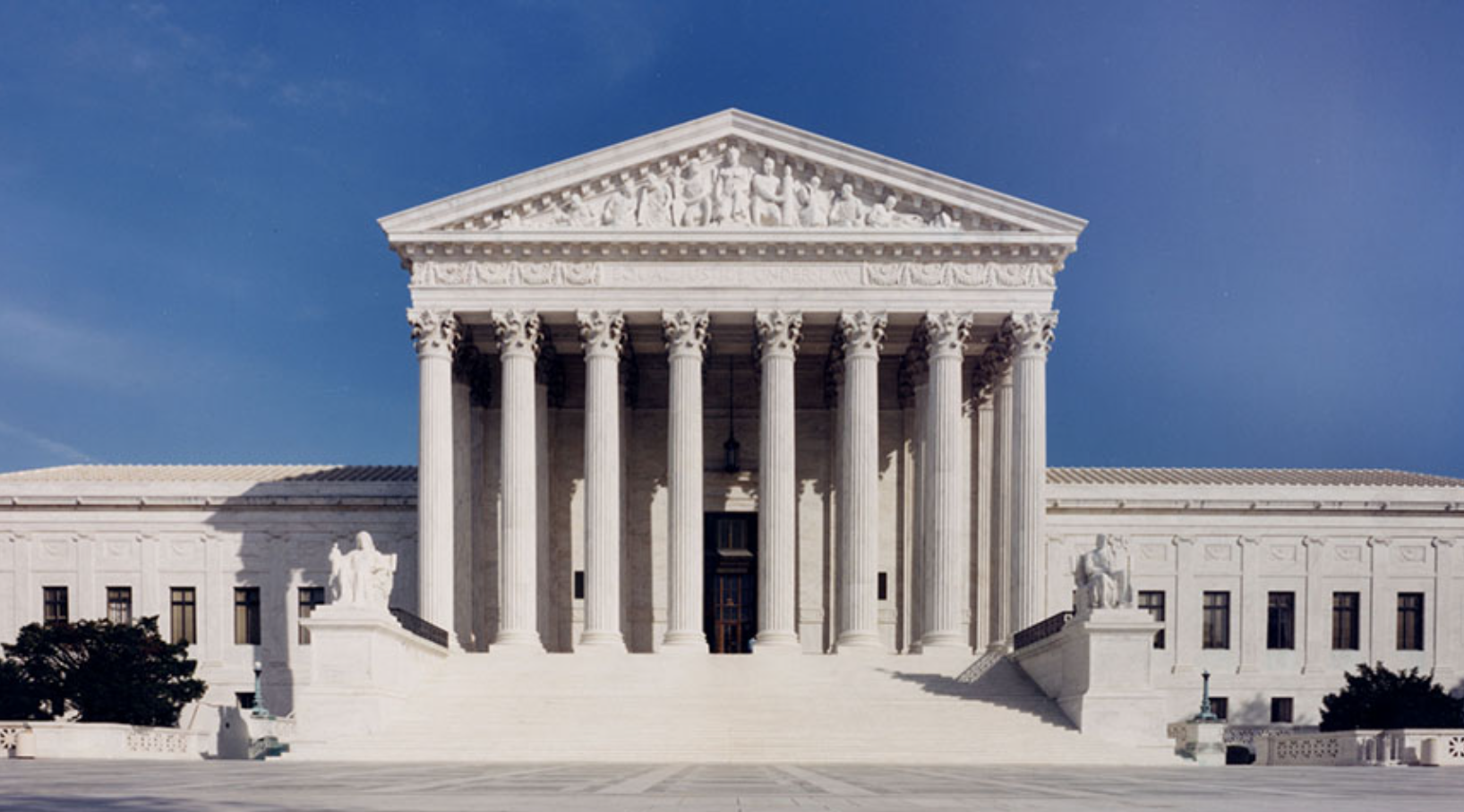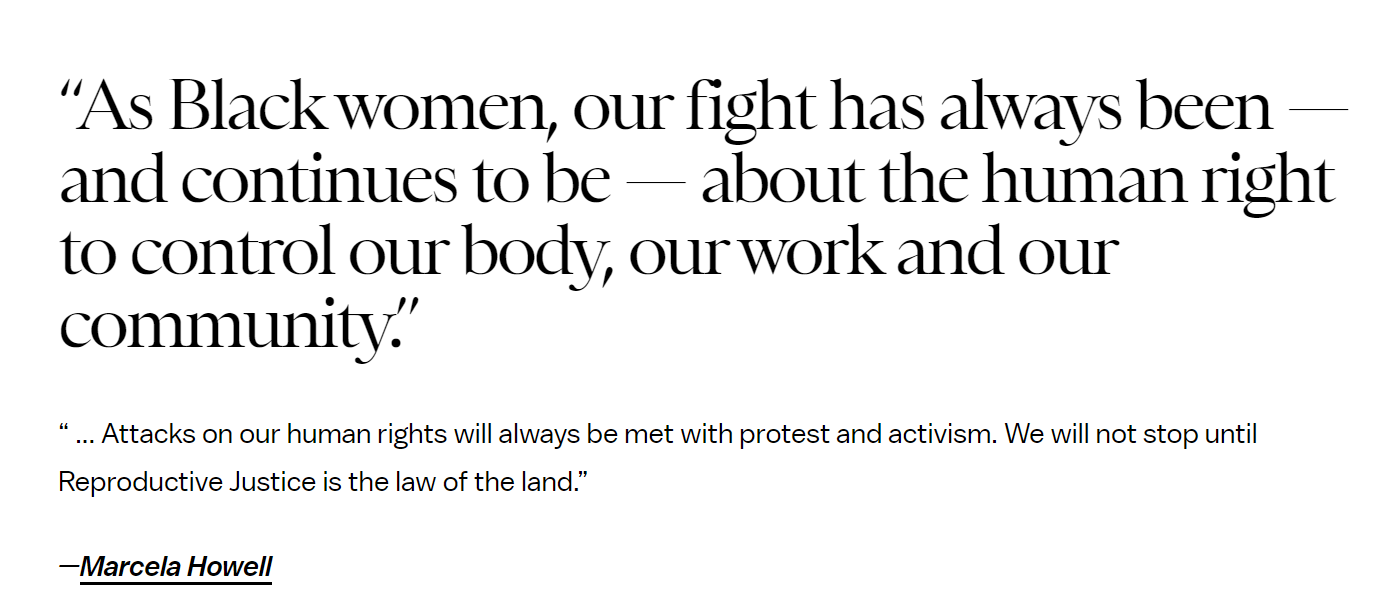Roe V. Wade

History
A1973 lawsuit, Roe v. Wade allowed the Supreme Court to legalize abortions rights for pregnant women. Jane Roe was an unmarried pregnant women who filed a suit of behalf of everyone to challenge the Texas abortion laws. At the time abortion was illegal in Texas unless it was to save the mothers life, it was a crime to get an abortion for any other reason. A Texas Doctor joined Jane’s lawsuit with the argument that the Texas abortion laws were too vague for doctors to follow as he has previously been arrested for violating the law.
The Supreme Court decided the following important things:
- The United States Constitution provides a fundamental "right to privacy" that protects a person's right to choose whether to have an abortion.
- But the abortion right is not absolute. It must be balanced against the government's interests in protecting health and prenatal life.
- A fetus is a "person" protected by the 14th Amendment
- Protecting prenatal life from the time of conception is a compelling state interest
Roe Claims Absolute Privacy Rights
Jane Roe and the others involved based their case on the following arguments:
The Texas law invaded an individual's right to "liberty" under the 14th Amendment
The Texas law infringed on rights to marital, familial, and sexual privacy guaranteed by the Bill of Rights
The right to an abortion is absolute - a person is entitled to end a pregnancy at any time, for any reason, in any way they choose

Protests were seen in the 1970's When the debate over abortions was first brought to the Supreme Court.
Protesters held signs to help convey their thoughts and feelings towards this motion.
Another common sign shown in the 1970's protests.



Supreme Court’s Decision 1973
The decision was split between two arguments which were privacy rights and when human life begins.
Privacy Rights
Under the 14th Amendment, the fetus is seen as a human being with their own rights. This does not state that Americans have the right to their own privacy.
The court understood that to continue with an unwanted/ non-viable pregnancy puts the individuals at risk of:
- Physical Health
- Mental Health
- Financial Burdens
- Social Stigma
Privacy Rights
The Court established a framework to balance the rights to privacy with the objectives of the state. The Court established the rights of each party by dividing pregnancy into three 12-week trimesters, recognizing that the rights of pregnant women may conflict with the rights of the state to safeguard potential human life:
The Court ruled that a state cannot restrict abortions during a woman's first trimester of pregnancy beyond mandating that the operation be carried out by a licensed physician under circumstances that are medically safe.
The Supreme Court ruled that a state may control abortions during the second trimester if the regulations are logically connected to the health of the expectant mother.
The state's interest in preserving the possibility of human life surpasses the right to privacy during the third trimester of pregnancy. As a result, the state may forbid abortions unless they are required to save the pregnant person's life or health.
When Human Life Begins
For instance, many adherents of the Jewish faith think that life begins at birth. But in the Catholic religion, it is widely believed that life begins at conception. Although doctors have a variety of opinions, they frequently trend towards the notion that life begins before birth. But the Court determined that the states cannot determine the beginning of life:
"We do not agree that, by adopting one theory of life, Texas may override the rights of the pregnant woman that are at stake."
However, as we mentioned above, the Court did not agree that the Constitution guarantees an absolute right to an abortion. In other words, the privacy right does not prevent states from putting some regulations on abortion.
Protests were seen globally in support of the USA overruling Roe V. Wade in June 2022.


25th June 2022
The date that changed everything in the USA, this is the day that Roe V Wade was overturned.
Roe v. Wade was overturned by the supreme court in a 4-5 decision.
The ruling gives individual states the power to set their own abortion laws without concern of the Roe law which has allowed abortions during the first two trimesters and within the health and safety of the pregnant person during the 3rd trimester.

This map shows what states currently have abortion banned and shows at which stage they are banned at as of September 2022.
Places like Texas, Idaho and all the other states showing dark red have a full ban on all abortions regardless if they are needed for the health of the mother.
You can also see in this map which states have banned abortions after 6 weeks and then after 15,18, or 20 weeks.
This section of the map shows which states are legal for now, including who have completely blocked the ban from happening and who are in the middle of deciding a ban.
This Section shows which states allow abortions.